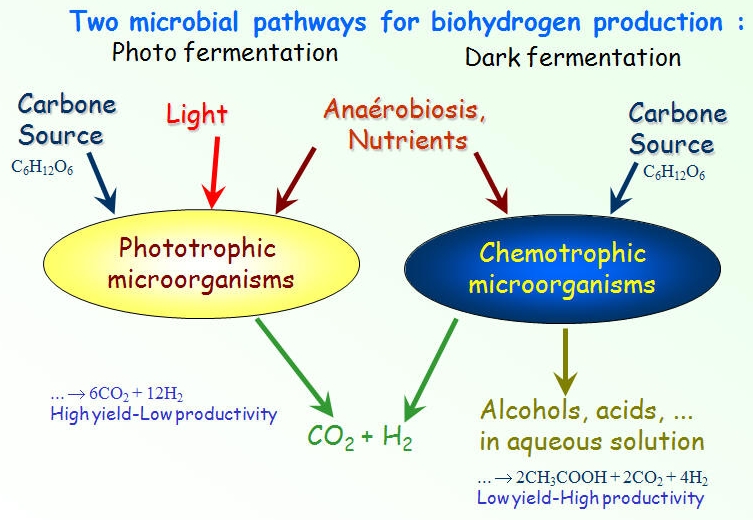1. H2
as an ideal energy source and
an
actor of sustainable
development
Energy is vital to global prosperity, our current dependence on fossil fuels as our primary energy source contributes to global climate change, environmental degradation, and health problems. Hydrogen offers a tremendous potential as a clean, renewable energy currency. Indeed, on the one hand, it has the highest gravimetric energy density of any known fuel and is compatible with electrochemical and combustion processes for energy conversion without producing carbon-based emissions that contribute to environmental pollution and climate change. On the other hand, hydrogen fuel cells and related hydrogen technologies provide the essential link between renewable energy sources and sustainable energy services. The transition from a fossil fuel-based economy to a hydrogen energy-based economy, however, is fraught with many technical challenges, from the production of sufficient quantities of hydrogen to its storage, transmission, and distribution (Bockris, 2002; Dunn, 2002).
Currently, hydrogen is produced, almost exclusively, by steam reforming of methane. However, H2 may also be produced by a number of processes, including electrolysis of water, thermocatalytic reforming of many hydrogen-rich organic compounds (including wood and biomass gasification), and biological processes. Belgium, due to its geographic position and presence of many agro-food processing industries, has many opportunities to produce hydrogen from renewable sources such as cellulose, starch, sugars, and carbohydrates-rich wastewaters. Biological production of hydrogen (biohydrogen), using (micro) organisms, is an exciting new area of technology development that offers the potential production of usable hydrogen from a variety of renewable resources. Since high water content is an advantage for this bioprocess, it should be considered as complementary to renewable biomass gasification. Biological systems provide a wide range of approaches to generate hydrogen, and include direct biophotolysis, indirect biophotolysis, photo-fermentations, and dark-fermentation (Kondratieva and Gogotov, 1983; Nandi and Sengupta, 1998; Das and Veziroglu, 2001; Hallenbeck and Benemann, 2002).

Among the available bioprosses, the photofermentation process by microalgae has the strong advantages of being environmentally clean and of using light as the only energy source for the generation of pure hydrogen. On the other hand, due to non-required light source and relatively higher productivity, dark fermentation of carbohydrates by bacteria is recognised by many authors as one of the most promising bioprocess to apply at large-scale such as wastewater treatment plants.
